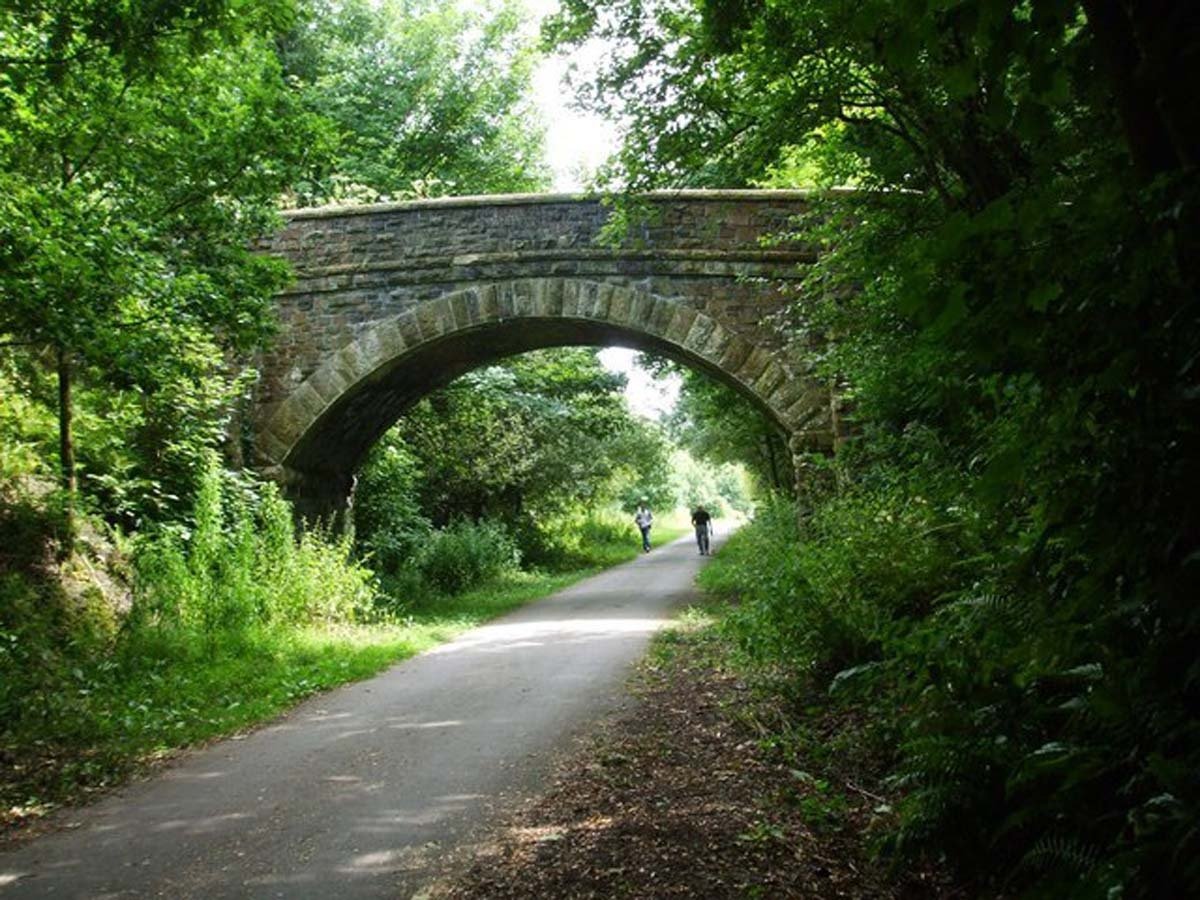
“Boris Johnson ‘obsessed’ with encouraging cycling”
“Cycling is a top priority in Prime Minister’s drive to tackle obesity in fight against Covid-19 in the UK.” So said Cyclist magazine on 15 May 2020, adding that “Boris Johnson believes that the coronavirus crisis presents the perfect opportunity to ‘get Britain on its bike’ to enable social distancing and tackle the high level of obesity that increases risks for those who catch Covid-19.”
In Part One, I looked at why the Prime Minister cited the advantages of cycling in the context of the effect of fitness versus coronavirus; we also looked at urban cycling, cycling on roads, and rural cycle trails. In Part Two, I look at former rail routes, cycling abroad, and the matter of safety for women cyclists.
In a future article we’ll consider the solution for older and less athletic or more arthritic cyclists: E–asy cycling!
Off the rails!
For many years, disused railway routes have been popular with cyclists: over 30 years ago, when my family was very young, we used to enjoy cycling on such a route which passed through the village we lived in at the time in South Staffordshire. Another former rail route we cycled many years ago, once we had moved to Devon, is from near Princetown down to Marsh Mills, Plymouth: a route which, at one point, passes through a tunnel. I nearly caused a cycle pile-up when I stopped mid-tunnel and turned around to take a flash photo of my approaching family, dazzling them in the process!
There are many popular cycle routes across and around Dartmoor; of those elsewhere in Devon, the most famous, perhaps, is the Tarka Trail in North Devon, much of it on disused railway track. It’s as-yet unexplored by us, but very much on our radar. A few years ago, we took our bikes to Barnstaple one evening to cycle part of the route with friends who live there; as we approached Barnstaple, the sky grew darker and darker until the inevitable downpour started. We spent the evening enjoying a leisurely pub supper instead!
Unfortunately, all too often former rail routes have been built on, bridges and viaducts demolished and cuttings filled in, thereby missing the opportunity to convert them into leisure routes for cyclists and walkers. Mick Fletcher wrote about this in his West Country Voices article Blocked by the Burdensome Estate in July 2020, and again in his current articles Highway holdup for Somerset cyclists and Brunel Bridge: “cultural vandalism” in Cornwall. Even now, as seen in this map, some railway structures are planned for demolition, in spite of their potential in the context of the growing popularity of cycling and awareness of the need to provide opportunities for healthy exercise on safe, unpolluted routes.
Of course, as is clear from Mick Fletcher’s Highway holdup… article, converting a former railway into a cycle and pedestrian path is not simply a question of removing the rails and sleepers. The surface needs to be suited to bikes. We observed on parts of the Wray Valley Trail that the gravel would be tricky for the skinny tyres of a road-bike; our e-bikes are mountain-bike hybrids and have front fork suspension and wide, knobbly tyres ideal for surfaces less smooth than tarmac. Whilst the Wray Valley trail makes use of both under and over bridges from the former railway, some of these have needed to be adapted to make them more suitable for walkers and cyclists.
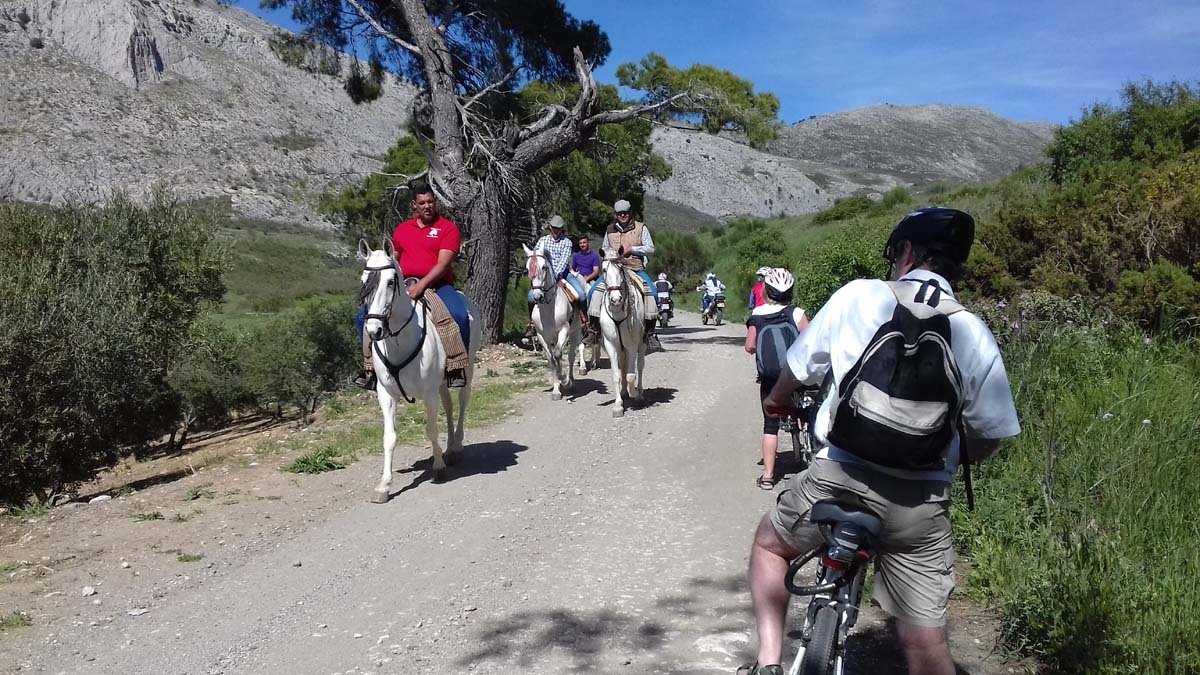
The re-cycling of former railway routes is not, of course, exclusive to the UK. National Geographic’s online newsletter carried an article on Spain’s former rail routes and the access they afford cyclists and walkers. “Spain’s greenways cut through some of the country’s most spectacular landscapes; more than 1,900 miles of disused railway lines have been converted to greenways for biking and hiking.” The article features five trails to try, which showcase rural Spain at its best.
Cycling abroad
My wife and I like to think of ourselves as ‘serious recreational cyclists’. Whilst we have always cycled since our student days fifty years ago and more, it is only in the last few years that cycling has become our main recreational pursuit, playing an essential part in keeping us fit, and helping my wife to maintain the fitness levels required to cope with her cancer. We have cycled in several different countries in Europe, and in New Zealand.
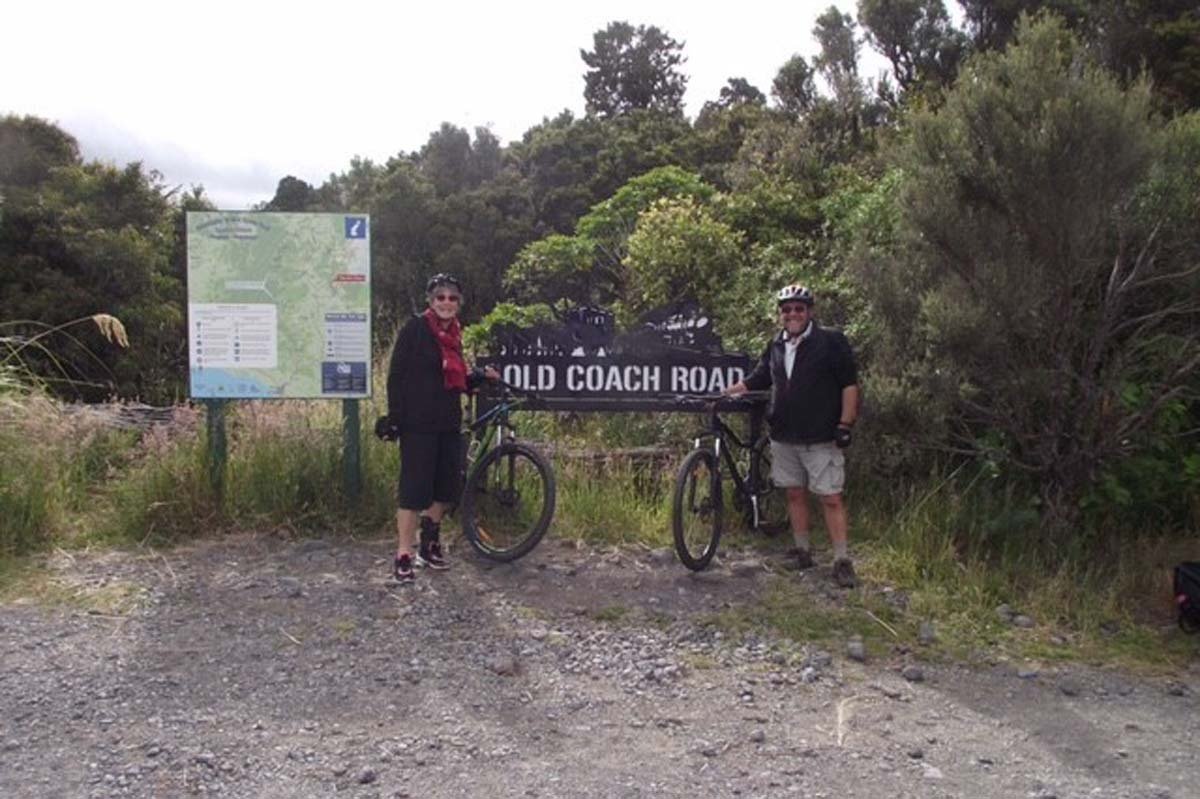
One of our most memorable rides ever was on the Old Coach Road from Horopito to Ohakune in North Island. This was originally a stage-coach route constructed to bridge the gap between two sections of the north-south railway before the railway itself was completed. This temporary solution was used for several years while the engineers tackled very difficult terrain through forests and across deep ravines in the Tongariro National Park. The railway was completed in 1908, but the Old Coach Road is popular with walkers and cyclists: just 15k, but some parts of it are quite demanding, especially for a couple of ‘old codgers’ on ordinary hired mountain-bikes!
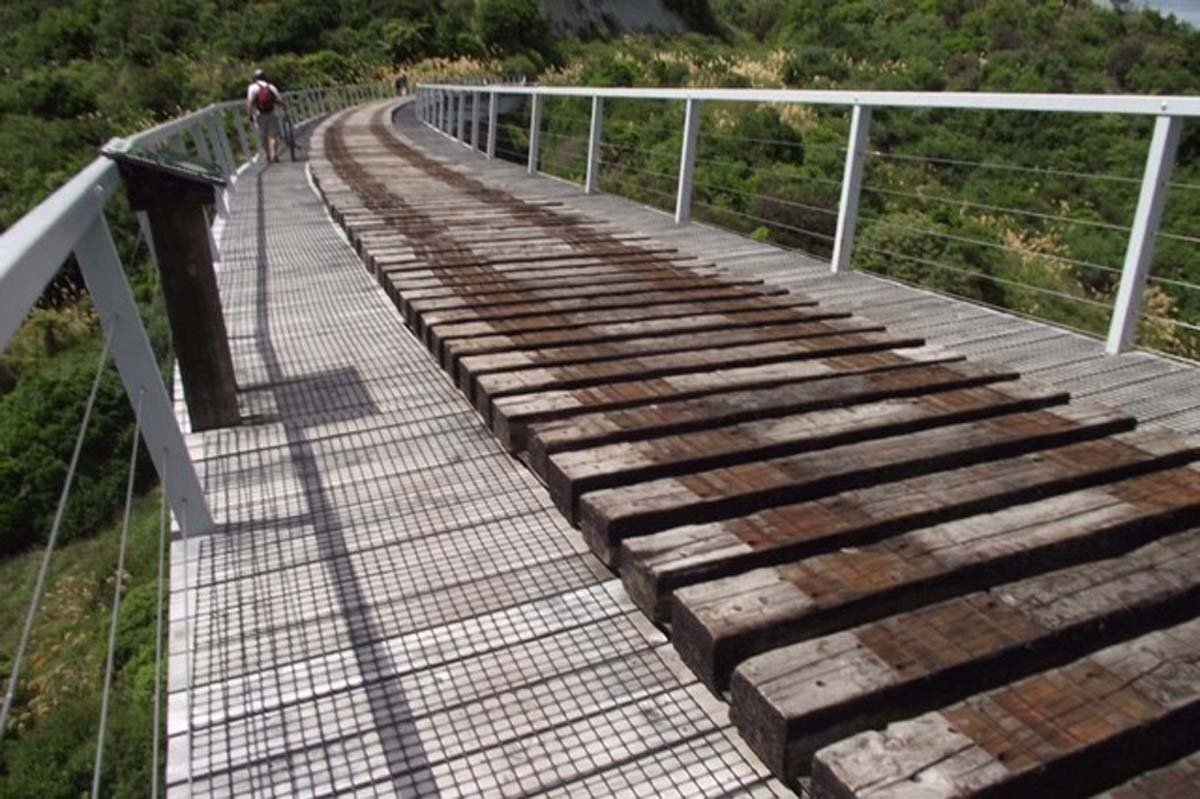
Two major areas are worth commenting on when it comes to cycling abroad: provision of safe cycle routes, and the behaviour of motorists towards cyclists on public roads. Spain is certainly well-geared towards fostering cycling: hardly surprising, given how important cycling is as a sport, as it is in many European countries. The towns and cities we know well in Spain are blessed with clearly-marked, dedicated cycle routes which are well-separated from motor traffic, in contrast to those we have experienced in parts of Torquay, as mentioned in Part One. In and around Málaga, where the network of cycle paths traverses roads on crossings shared with pedestrians, there are special traffic lights with red and green bike symbols on them.
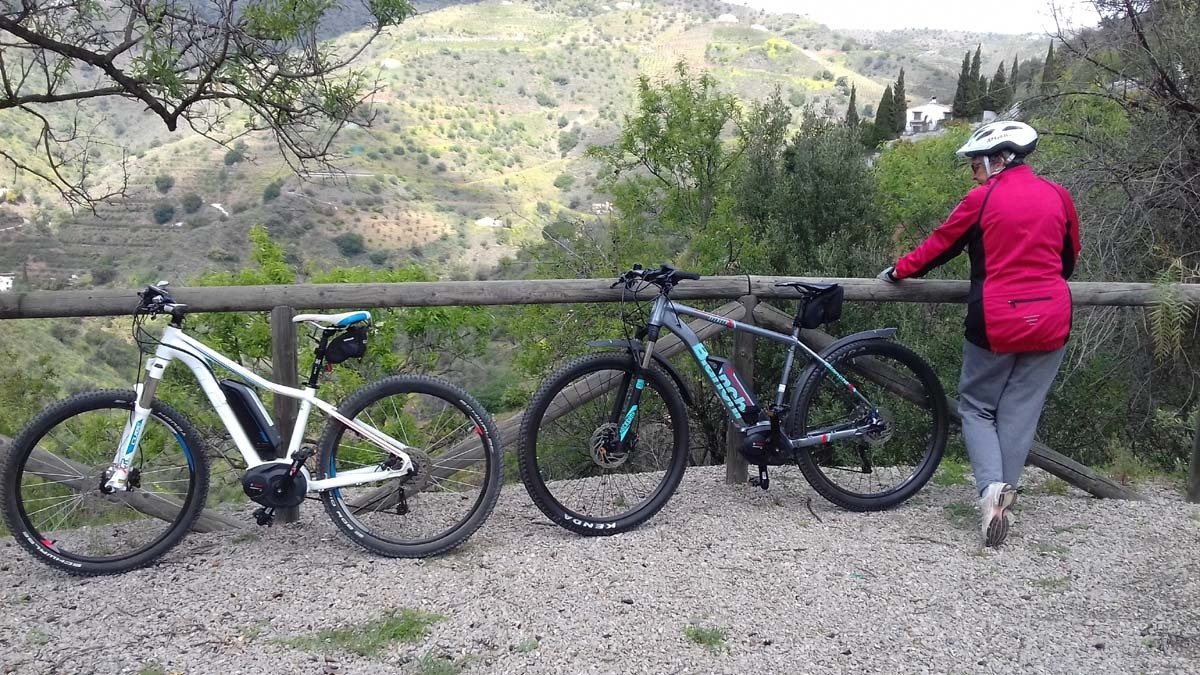
The ‘open road’ is a different matter, yet, once again, cycling in Spain can be much more enjoyable than elsewhere when sharing road space with motor vehicles. Our ‘regular’ cycling when we are in Spain is on mountain roads (great to have e-bikes!). The speed limit on these roads is 40kph, about 25 mph, so motor vehicles travel at speeds which are compatible with the presence of cyclists.
However, in addition, on the way out of every town and village there are road signs which are very reassuring to cyclists, instructing motorists overtaking cyclists to give them 1.5 metres’ space. In our experience, the overwhelming majority of motorists observe this rule. What is more, on bends they hang back behind cyclists until they can see that the road ahead is clear and it is safe to overtake… leaving the cyclist space. We always give them an appreciative wave and many give us a toot in return. I have spoken in Spain to cyclists from various other European countries: all agree that Spanish motorists are the most considerate.
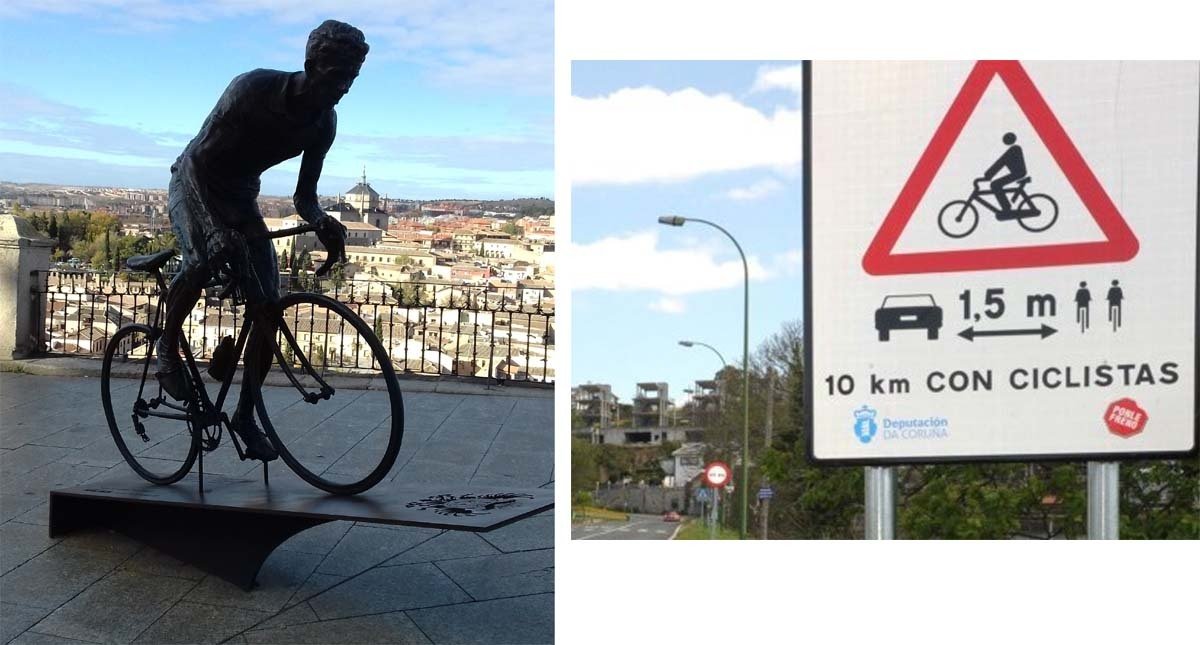
The UK National Cycle Network
Where we live in South Devon, we have a couple of great cycle routes established by the walking and cycling charity Sustrans, which is also the custodian of the National Cycle Network. This consists of 12,763 miles (20,540 kilometres) of signposted cycle routes throughout the UK, including 5,273 mi (8,486 km) of traffic-free dedicated cycle-paths, the remainder being on quiet public roads. From close to our home in Totnes, National Cycle Route Two runs westwards towards Dartmoor and eventually to St Austell, and from a point the other side of the River Dart it runs towards Newton Abbot, Exeter and along the south coast to Dover.
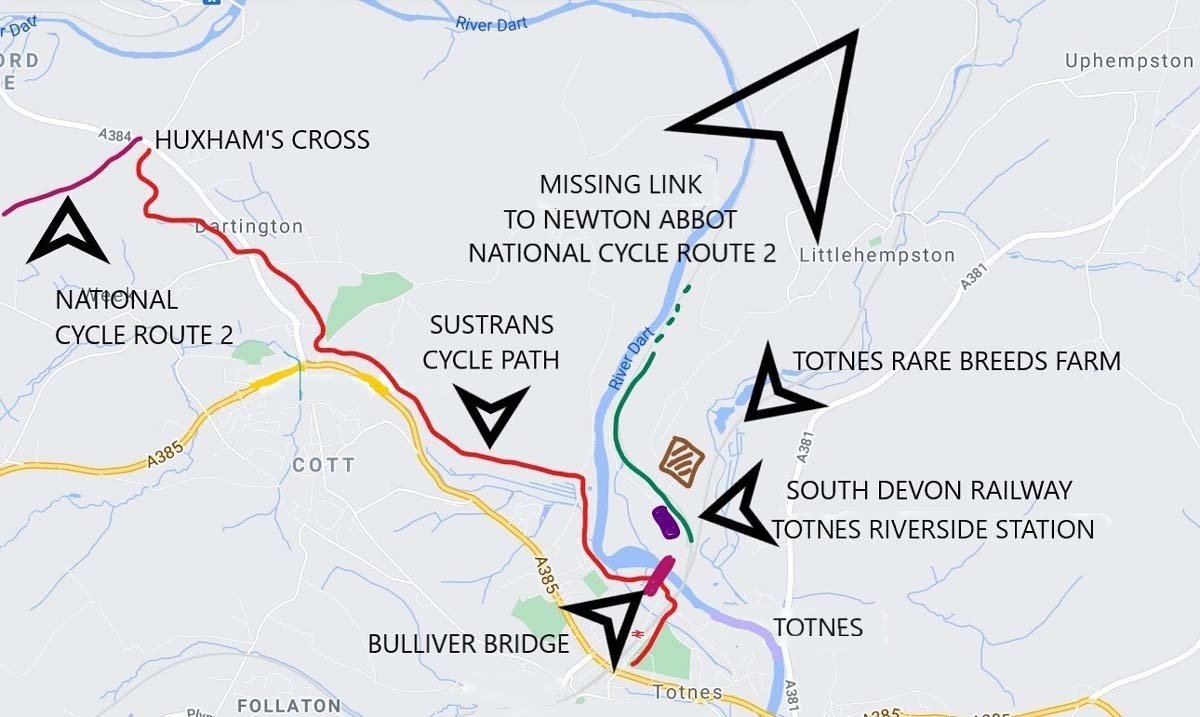
The problem here in Totnes is the ‘missing link’ between Littlehempston and Huxham’s Cross. The obvious solution would be for the route to use the Bulliver Bridge, the pedestrian footbridge which crosses the River Dart close to the mainline railway bridge. However, it is used exclusively by the South Devon Railway to provide access to Totnes Riverside station; and for access to the Totnes Rare Breeds Farm.
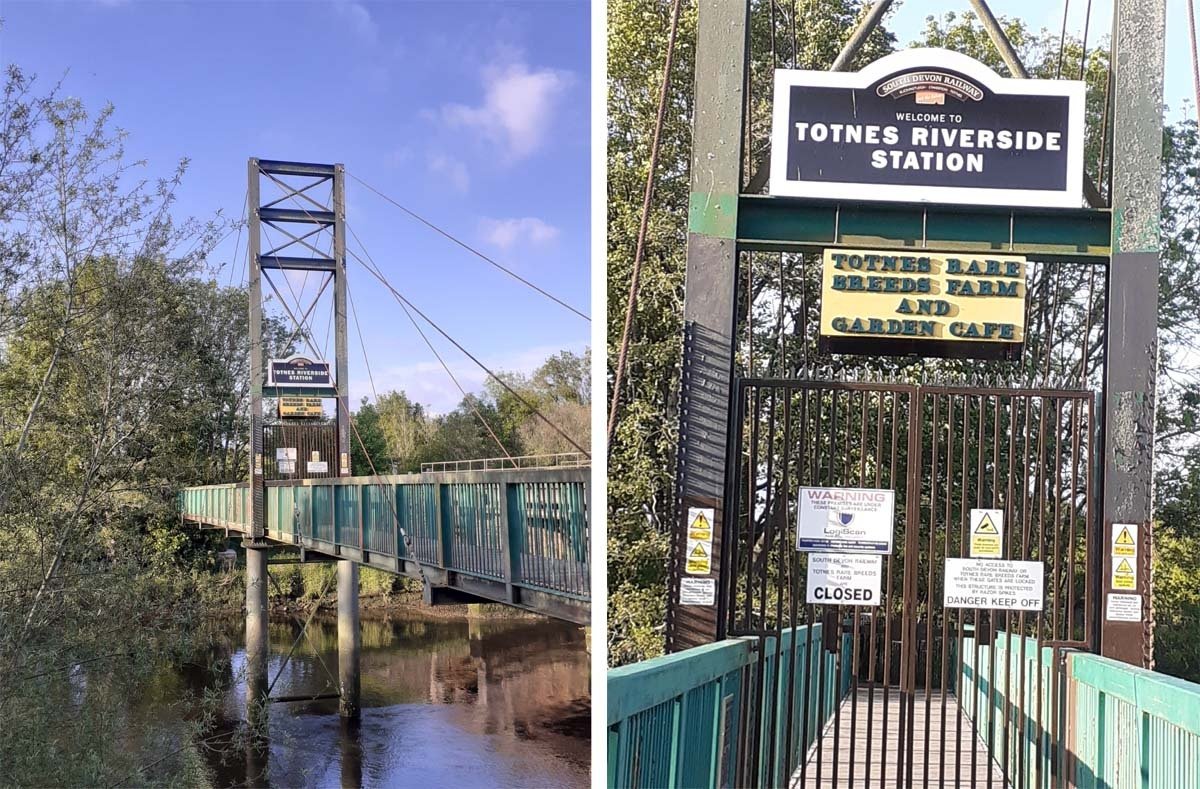
Unfortunately, in spite of decades of campaigning, supported by our former MP Dr Sarah Wollaston, use of the bridge has been denied to cyclists, which seems ridiculous given that so much public money funded the bridge. As a result, locals cannot access the lanes around Littlehempston on the other side of the river. The nail in the coffin of what seems such a logical plan came in July 2020, when Devon County Council decided to abandon attempts to make the bridge open to access for all, including cyclists. A few months ago, we tried to find the other end of the ‘missing link’ on the north side of the River Dart, but to no avail: we couldn’t find any signposting to indicate that part of National Cycle Route Two.
Dedicated cycle paths are a fantastic asset to any community, for both commuting and leisure purposes. However, just occasionally their construction may feature unexpected obstacles. A good example is the cycle route from Totnes to Ashprington completed a few years ago. Understandably, there are gates to negotiate where the route passes through a field potentially containing livestock. However, one unnecessarily annoying feature is the ‘chicane’ at the start of the route in Totnes to prevent cyclists from whizzing out onto the road without slowing: it is too tight to cycle through, meaning that cyclists have to dismount, and have great difficulty starting off again to ride up the very long slope at the start of the cycle-path. My wife ended up having to push her heavy e-bike all the way to the top, which is not a good way to begin a long ride! By contrast, the ‘chicanes’ at each end of the Huxham’s Cross cycle path on the other side of Totnes can be negotiated without dismounting. A little bit of thought goes a long way…
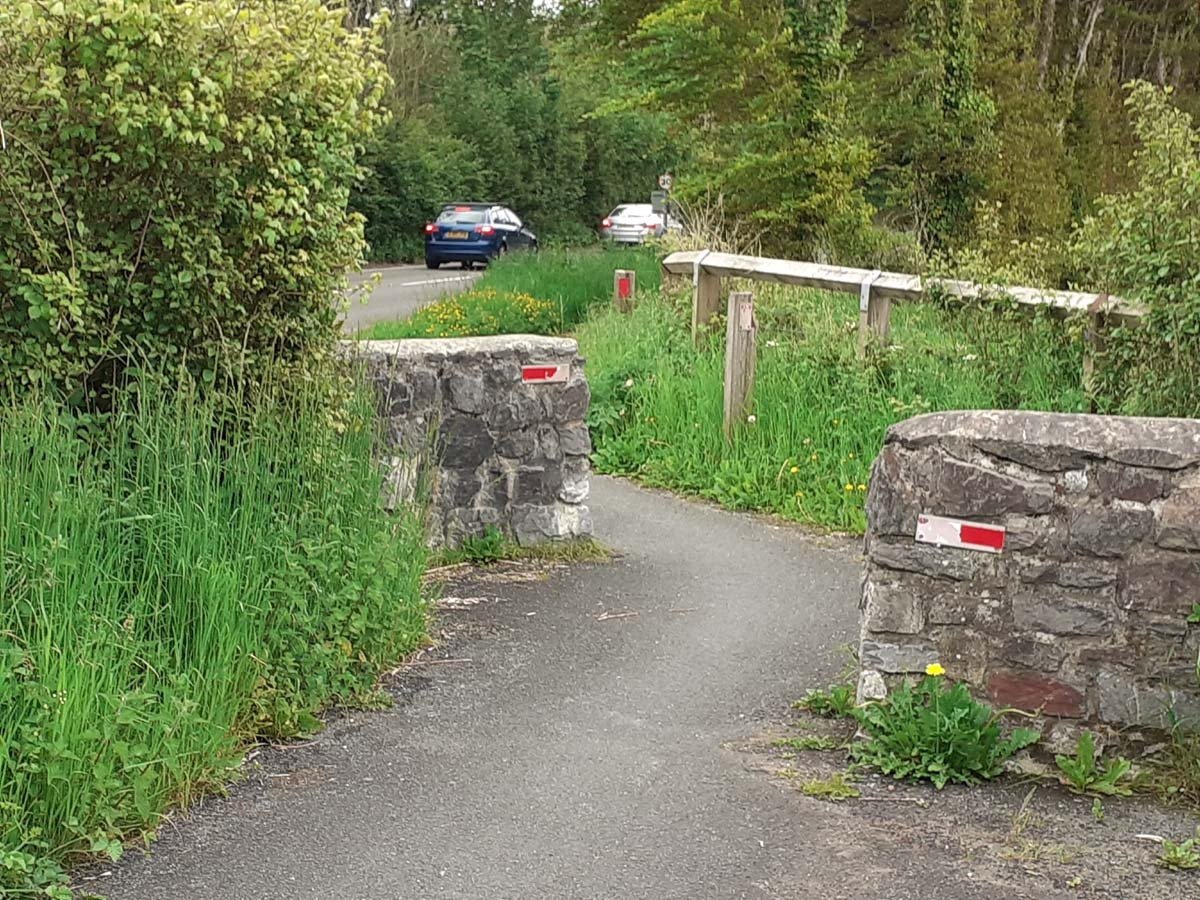
Harrassment by motorists
There is one aspect of cycling, particularly in towns, which could be a disincentive for female cyclists: harassment perpetrated by male motorists. An example occurred just a few days ago in Cardiff, when a woman cyclist had to confront a man who she claims shouted lewd comments at her as he drove past; she remarked that this was just one example of the daily barrage of harassment faced by women. Indeed, the BBC Wales report on this incident leaves us in no doubt as to the scale of this problem: “A survey by walking and cycling charity Sustrans Cymru suggests many women feel unsafe cycling in Welsh cities, with 77 per cent of women who took part saying safety improvements were needed.”
Christine Boston, director of Sustrans Cymru, states that all women have the “right to freedom of movement without unwanted attention” she fears that this sort of catcalling, which constitutes harassment and abuse, could put women off cycling for life. Clearly this can be a problem for women cycling alone – as for women running alone – but less so for female ‘recreational cyclists’, who are more likely to be riding with a companion or in a group.
The benefits of cycling
To conclude: cycling is a great way to get around, whether for commuting or pleasure, affording the rider healthy exercise to contribute to fitness and well-being. Indeed, Cycling UK states: “Cycling is excellent exercise. It helps people meet recommended physical activity guidelines, improves their physical and mental health and their well-being, while reducing the risk of premature death and ill-health.”
What PM Johnson said in 2020 about the benefits of cycling in the context of the coronavirus pandemic was indeed more than justified; ample reason for greater investment in safe cycle routes, and perhaps other incentives to get you ‘on yer bike’…
STOP PRESS:
Since Get Britain on its bike: Cycle-paths Part One was published a few days ago, I have come across this recent article on planetradio.co.uk: It’s time to make cycling safer and easier across Torbay. Under that headline, the article states that: “A £46 million cycling boost for Torbay is a real possibility according to the newly-formed Torbay Cycling Walking Routes Forum, which is behind the bid.”
The Forum’s spokesperson Thomas Bowyer says: “What we would like to see is an integrated segregated cycle way and pathways from Torquay all the way through to Brixham. It’s a long plan, five years. What we are feeling in the forum is that we need to make sure we put in really good infrastructure as opposed to numerous bits of infrastructure which don’t really tie up.”
Given my criticism of cycling infrastructure in Torquay in Cycle-paths Part One, this is a welcome development; let’s hope it comes to fruition!
PS
If you, dear reader, feel a degree of cynicism stemming from concern at being able to cope with the physical demands of cycling, please look out for my forthcoming piece on e-bikes. If you consider yourself too old or unfit to get on a bike – or simply live in a very hilly area: electric bikes are increasingly popular, and are a revelation!




